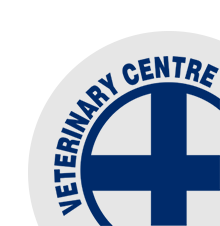Cepravin Milk Quality Competition Winners'
/In conjunction with MSD (the manufacturers of Cepravin) we have just run our fourth competition for Milk Quality Production . Eligible entrants were those clients enrolled in infovet. (This season we also requested Oceania suppliers to submit their BMSCC as there are still technical issues linking data to infovet). We sought the lowest five day average BMSCC as at 11th of December 2014.
Well done to the Top Three Farmers who will receive $750, $500 and $250 respectively as a voucher to use within our practice.
Last season there were eleven farmers with a BMSCC under 80, 000. This season there are 30 farmers with a BMSCC under 80, 000. This is an outstanding result and reflects the increased emphasis being placed on prevention of infection especially around calving. Congratulations to you all.




